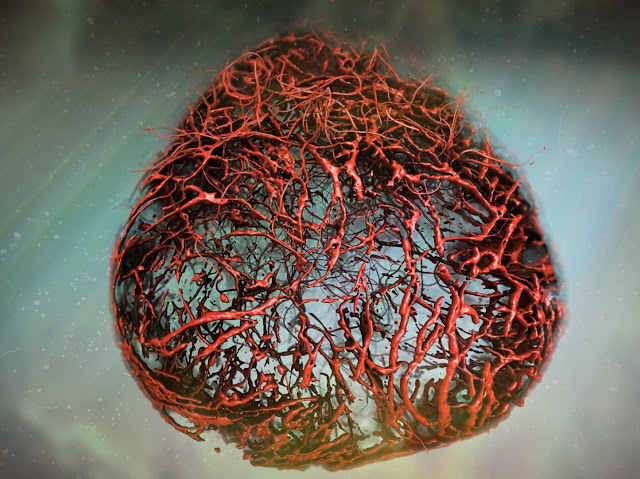Growing Perfect Human Organoids

An organoid is an artificial grown mass of cells/tissues from stem cells that that resemble an organ, and recently, scientists from the University of British Columbia have successfully managed to grow perfect human blood vessels as organoids in petri dishes for the first time. Every organ is linked to our circulatory system, so by perfectly simulating the in-vivo environment, it could allow researchers to unravel the causes and treatments of many vascular diseases (class of diseases of the blood vessels) e.g. diabetes, strokes, Alzheimer's, cardiovascular diseases etc. by mimicking the characteristics of organs, which can be used as models to identify these new treatments. This is a huge breakthrough in terms of diabetes treatment - blood vessels in people with diabetes often thicken so that efficient transport of oxygen and other nutrients vital for the relevant tissues is reduced, and over time, can lead to aggravated issues such as kidney failure and strokes. Lab-gr...

